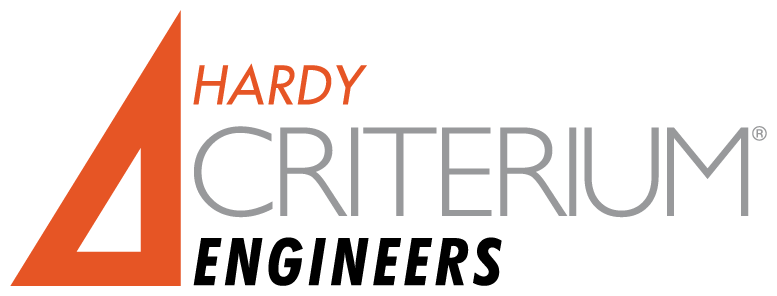
Typically when I am discussing water problems with the condo’s property manager or the board, the focus is on leaking roofs, foundations, windows, or other building envelope points of water infiltration. Instead, this article’s focus will be on water damage problems from inside sources and their prevention.
It is hard to talk about inside water damage without also considering a lengthy discussion of insurance matters, but I’ll try. The short answer is both the board and the unit owner should confirm the correct policies are in place. The association’s master insurance policy review should determine if the policy covers both as-built and upgrades (i.e. betterments and improvement clause) or just the walls, floors, and ceiling. The unit owners should consider sewer/ drain back-up coverage, if the policy does not. Keep in mind, insurance adjusters are looking for ways to avoid claim payouts. They will look for the source of the water and whether it was caused by accidental reasons or old age wear and tear; lack of maintenance; or your negligence.
So why is internal water damage such a big deal? It is because it is the number ONE insurance claim in the nation beating out other high profile claims including tornadoes, hurricanes, and wildfires. And it is growing. 1 in 50 homes experienced an internal water claim in the five year period of 2013 to 2017 per Verish Analytics ISO who provides insurance industry statistical data. This 5-year claim rate of 2.05% per dwelling is up from the prior 5-year statistical period rate of 1.44%. This equates to an average $10,000 per claim and $13 billion in total claims for 2017. It’s a big deal.
So why is this happening? The short answer is the trends in condo and HOA development and the aging of residential building inventory across the country. The burst in condo development in the 1980’s and 2000’s have resulted in many more water sourced appliances in risky locations. Many homes built in the last 20 to 30 years have laundries on the second floor instead of the more traditional basement location where a leaking hose could be dealt with a mop and bucket.
Some homes can have more than 40 water connections including washing machines; water sourced heat pumps; ice makers; wet bars; filtration systems; extra bathrooms; dishwashers; garbage disposals; indirect hydronic floor heat; and the list goes on. This partially explains why fire damage claims in the US have declined while water claims have increased, not only in numbers but in amount. High-end properties are the worst for this increase in water claims. For homes valued greater than $500,000 the claim sizes have doubled since 2015 while homes valued greater than $1 million have tripled in size according to the Wall Street Journal.
So what’s a property manager, board, or unit owner to do? Protect the home. Needless to say, each condo or HOA complex has its own factors of importance. These factors must be considered and a plan should be established to minimize the potential problems each type of complex should address. One place to start is the creation of a central maintenance log to record all reported internal water events to determine if there is a trend or pattern. An aging condo may have experienced a rash of washing machine hose leaks. This may prompt the property manage to notify unit owners to inspect their own hoses for wear or even hire a plumber to inspect all of the units’ water sourced appliances. Another HOA may have a population of ‘snow birds’ who should be cautioned to maintain their unit thermostats at a certain level to avoid pipe freeze up while they are vacationing in warmer climates. Sometimes a global reminder to all unit owners of the location of their central water shut off valve for future water emergencies is a good ounce of prevention.
Needless to say, no matter how much a property manager or board thinks about internal water damage, it often comes down to the individual unit owner being responsible to maintain the unit. Investing in water sensors at some risky or perennial problem locations may be money well spent. Educating the unit owners through the association’s newsletter or web site is also a step in the right direction. Reminders of the importance of maintaining caulk in the tubs and showers; hose connections for all appliances; and periodic observations around the home looking for developing rust; drywall damage; and pooling water can go a long way in preventing a trickle becoming a sea of trouble.
~~~~~~~~~~~~~~~~~~~~~~~~~~~~~~~~
Published in Condo Media May 2019 edition



 The words ‘safety or security’ mean different things to members of a
The words ‘safety or security’ mean different things to members of a